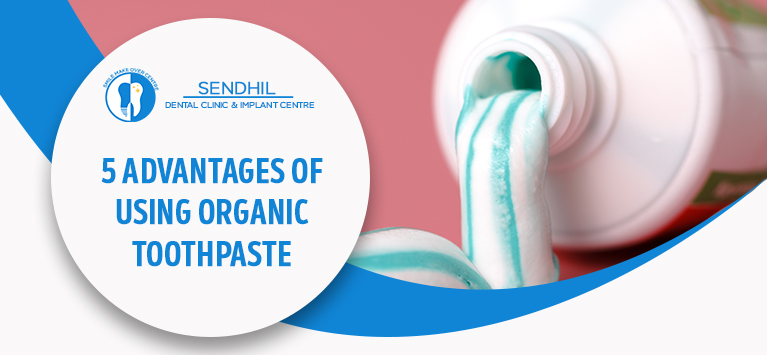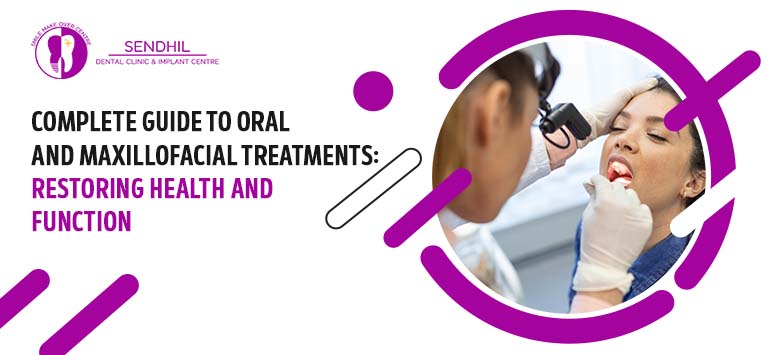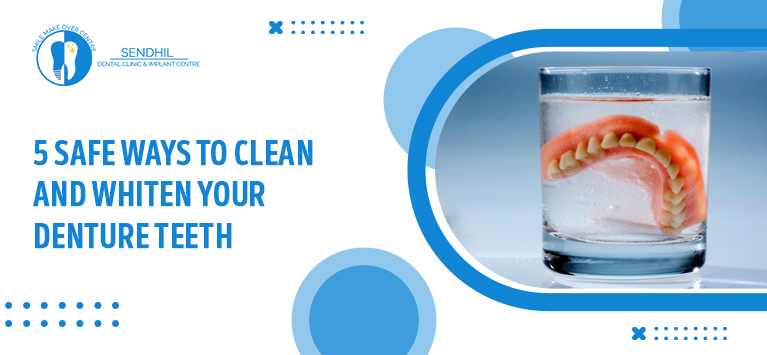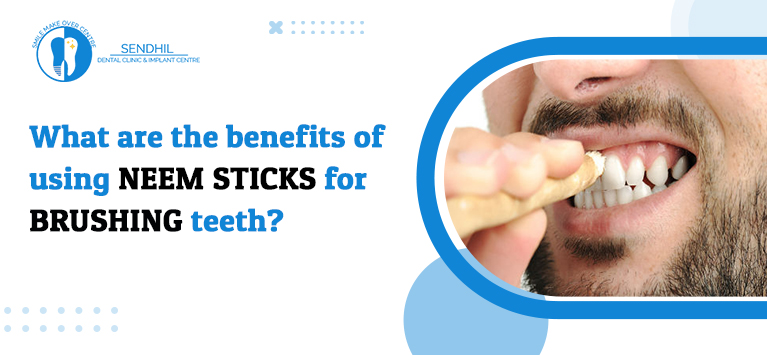
What are the different types of dental cleaning methods available?
Getting your teeth cleaned professionally twice a year (Biannual dental cleanings) is not an optional thing. Such in-office regular cleanings are mandatory for a good & complete dental hygiene regimen. They are not only supposed to whiten your teeth but allow the dental doctors to assess the condition of your teeth, tissues, and other supporting structures.
Moreover, it prohibits the occurrence of bacterial colonies and disrupts the microbial accumulation if formed.
In simply, dental cleanings promote mouth cleanliness so that you don’t worry about getting cavities, gum infections, and other potential oral complications. Depending on the teeth conditions, your dentist would perform the right teeth cleaning procedure.
Keep reading to get a clear picture of the different types of dental cleanings.
Table of Contents
What are the different types of teeth cleanings dentists perform?
There are 4 different types of dental cleaning procedures performed. Each type aims at keeping the teeth clean and strong. As the cleaning procedures are paired with evaluating the teeth and gum health, dentists pick the right method based on the clinical findings to suit your specific oral needs.
1) Prophylaxis dental cleaning
Prophylaxis refers to disease prevention. This is a general teeth cleaning procedure that involves standard brushing and polishing. The prophylaxis cleaning is designed for those who have healthy mouths. The procedure aims at removing unwanted accumulations like plaque build-up, and stains on teeth surface to prevent cavities and gum infections. The procedure involves
- Taking x-rays
- Brushing the teeth with a gritty paste
- Cleaning the interdental spaces
- Polishing the teeth surfaces
- Applying fluoride or dental sealants
If you maintain good teeth cleaning routine and visit your dentist regularly, you don’t need invasive cleaning procedures. Prophylaxis dental cleaning will ensure your teeth’ cleanliness.
2) Scaling and Root Planing
Scaling and Root Planing are quite invasive (but not surgical) procedures that are supposed to disinfect spaces below the gum line. Beginning with removing the plaque deposits on the gum line, the procedure is followed by a deep cleaning of the gum line and teeth’ surrounding structures. Hence it is also known as deep teeth cleaning.
It is widely performed for periodontal disease patients to protect their gums. Deep cleanings for gums that are in the initial stage of infection (Gingivitis) are performed in a single appointment. However, the procedure becomes more intensive for those with advanced gum diseases (like Periodontitis) and requires multiple appointments.
The deep cleaning technique is finished by smoothing the teeth’ root surfaces, regardless of the severity of the infection. It is called root planing which aims at reattaching the gums to the teeth.
3) Full Mouth Debridement
Full Mouth Debridement, (FMD) also known as Gross Debridement is widely prescribed for people who don’t brush their teeth correctly and haven’t had their teeth checked in a long time. Such poor oral care routine is followed by developing plaque and tartar in all areas of the mouth.
Hence a teeth cleaning method that thoroughly works to remove such severe build-up of plaque on teeth surfaces, gums, and spaces between the teeth. It involves using ultrasonic tools to loosen the hardened plaque deposits.
In certain cases, FMD is performed before prophylaxis dental cleaning. Clinical findings from a dentist’s oral evaluations are used to determine it.
4) Periodontal maintenance
Periodontal maintenance refers to routine cleanings underneath the gums to combat periodontal diseases. The difference between other teeth cleanings and periodontal maintenance is, that it should be done often (i.e.) every 3 to 4 months. It is because the gum diseases are progressive and will even loosen the teeth if left untreated.
Hence dentists perform periodontic maintenance during dental cleanings for gum disease patients.
The procedure involves removing the plaque and tartar build-up in between the teeth and gums up to the point where the root, gum, and bone meet. Then an antiseptic medication is irrigated in those gum pockets to remove infections and prevent bacteria growth.
Bottom line
Practicing a good oral hygiene routine is the key to keep your mouth free from diseases whilst good dental hygiene is not just brushing twice a day, regular flossing, rinsing with mouthwashes. You should get check-ups and routine cleanings from your dentist once every 6 months.
The oral assessment of your mouth helps your dentists to do the necessary dental cleaning procedure. Besides eliminating the harmful microorganisms from your mouth, such periodic dental cleanings whiten your teeth a bit. It implies getting biannual dental cleanings allows you to achieve a radiant & healthy smile.













